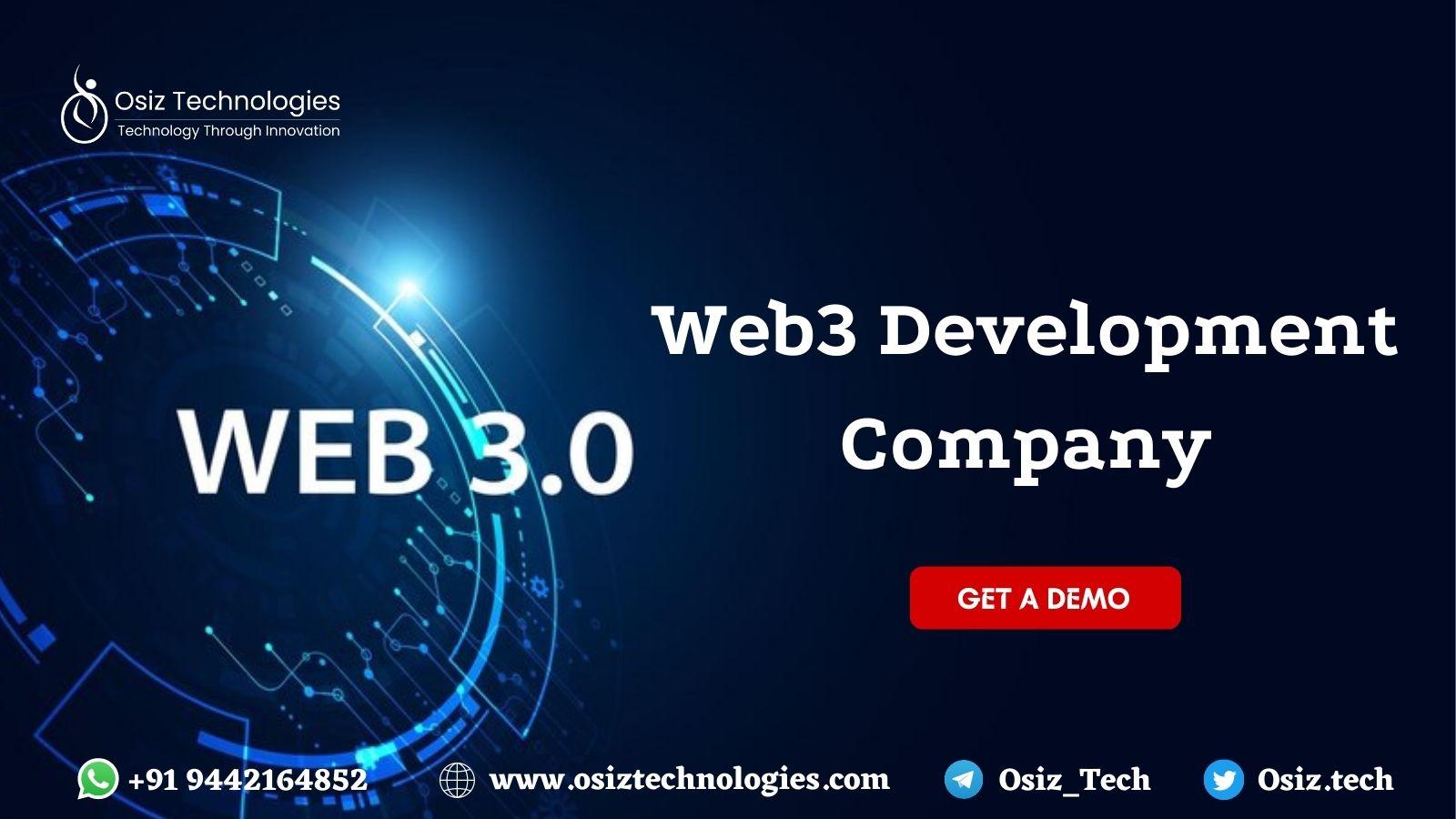This is a guest post from Luke Glen, UK Lead, Enterprise Account Executive at DoubleDutch. You can follow Luke on twitter (@lukeglen).
How do you prove the value of your event? A pile of business cards? A call sheet? A packed house? A handful of email survey responses?
While all of these things will help you gauge the general perception and outcomes of your event, they paint an incomplete picture at best, and often leave event professionals wondering what went swimmingly and what fell flat.
This has been the state of events for decades, but with the advent of an abundance of technology tools to instrument – and improve upon – every stage of your event, this need not be the case. Thanks to these new technological solutions, event professionals can approach events in a more precise, more data-driven way.
It is important to note, however, that many – if not most – of these technologies are useless without a clear definition of your event goals. What are you hoping to achieve with your event? You can’t prove event ROI without understanding the ‘return’ you hope to see.
Is it about raising brand awareness? Drumming up new business? Networking? Content enrichment? Once these goals have been set, technology can begin to shed light on event value milestones that had previously been partially – or even entirely – in the dark.
Pre-event registration systems like Eventbrite help organisers sell tickets, promote their events and track their campaigns not only based on registrations generated but also through parameters like campaign impressions, email opens and engagement helping to track the ROI of your event marketing efforts.
E-marketing platforms like Marketo or Eloqua can be used for email drip campaigns and lead nurturing to supplement pre-event marketing efforts. And Linkedin groups and other social networks can be used to help drum up excitement and expand reach, ensuring you are actively engaging with prospective delegates.
Once the event day arrives, there are several additional technological tools that can be implemented to help all event stakeholders maximise event success.
With the advent of beacon (location based) technology, event organisers can send timely and relevant messages to select groups of delegates, whether to simply welcome them, solicit feedback or provide content. Exhibitors or sponsors can use beacons to direct attendees toward their product or booth. Direct response software like Glisser or sli.do are great for creating a more interactive educational experience in sessions and streamlining the Q&A process.
Mobile platforms like DoubleDutch can be used to strategically instrument an event to both increase and measure success. In addition to creating a highly engaging mobile app with a built-in activity feed, the app addresses – and quantifies – event marketing metrics that might have previously been in the dark.
Networking, for example, can be done directly in the app, allowing delegates and exhibitors to reach out to the right connections or prospects in a targeted and efficient way. Lead-scanning can be done in the app as well, so exhibitors can scan the QR or barcode on an attendee’s badge, take notes on the lead within the app and then upload all of the information to their CRM (customer relationship management system). In-app polling and surveys provide important insights for organisers on speakers, content and overall event experience.
In addition to poll and survey responses, every tap, bookmark and comment in the app generates valuable insights for organisers to process, analyse and act upon. App data provides a goldmine of information to help every event professionals achieve their event goals, increase value, prove event ROI to their stakeholders and optimise for future events.
Did the keynote speaker deliver? Find out based on the the number bookmarks, mentions, views, and session ratings. Did sponsors get the level of exposure they had hoped for? This can be ascertained based on impressions, click-throughs and interaction with their content in the app. And did your delegates feel like this a worthwhile use of their time? Engagement within the app and comments in the activity feed will often tell the answer.
Companies are already using event data to boost business. For example, SAP, the German multinational software corporation, generates 60% of its revenue from events and they decided to use app data to inform sales reps of prospects’ interests. This enabled the reps to tailor their conversations accordingly and target them with the most appropriate products and services. Thanks to this approach, SAP was able to increase event-attributed sales by up to 25%.
Event data, when gathered and presented properly, has the potential to help all event stakeholders extract more value from events. While we are still in the early days of understanding many of the ways this data can be harnessed to increase and impact your company’s bottom line, we are well on our way to having, quite literally at our fingertips, the technology to prove – and increase – the value of your events.
How do you track the value of your events? Can you prove your event ROI? Let us know in the comments!





